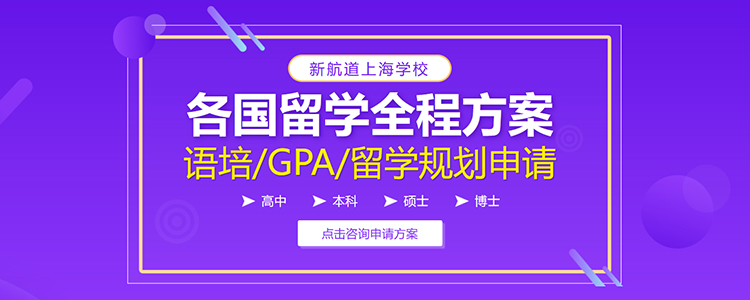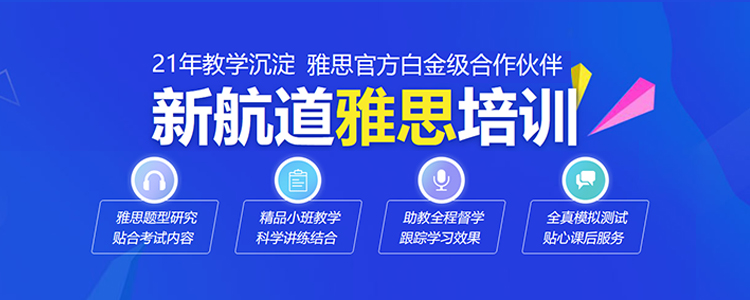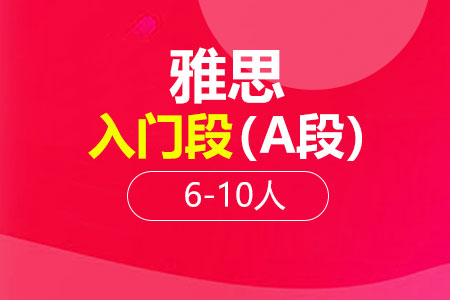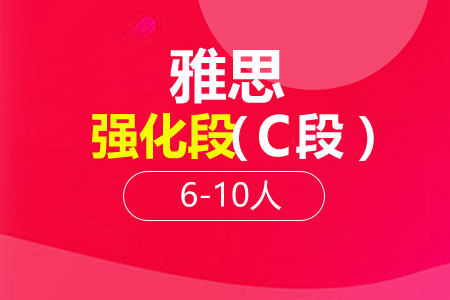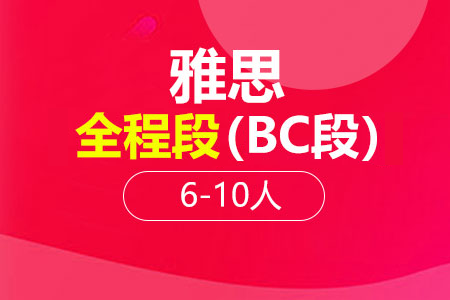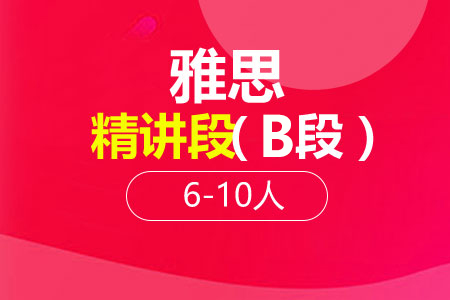雅思阅读真题:Thomas Young The last True Know-It-All
Thomas Young The last True Know-It-All托马斯杨,最后一个无所不知的人分别在2012年和2010年考过,今天我们就来分享此片雅思阅读真题。
Thomas Young The last True Know-It-All
托马斯杨,最后一个无所不知的人
Thomas Young (1773-1829) contributed 63 articles to the Enqfclopedia Britannica, including 46 biographical entries (mostly on scientists and classicists) and substantial essays on Bridge, Chromatics, Egypt, Languages and Tides.Was someone who could write authoritatively about so many subjects a polymath, a genius or a dilettante? In an ambitious new biography, Andrew Robinson argues that Young is a good contender for the epitaph "the last man who knew everything." Young has competition, however: The phrase, which Robinson takes for his title, also serves as the subtitle of two other recent biographies: Leonard Warren's 1998 life of paleontologist Joseph Leidy (1823-1891) and Paula Findleys 2004 book on Athanasius Kircher (1602-1680), another polymath.
Young, of course, did more than write encyclopedia entries. He presented his first paper to the Royal Society of London at the age of 20 and was elected a Fellow a week after his 21st birthday. In the paper. Young explained the process of accommodation in the human eye—on how the eye focuses properly on objects at varying distances. Young hypothesised that this was achieved by changes in the shape of the lens. Young also theorised that light traveled in waves and he believed that, to account for the ability to see in color, there must be three receptors in the eye corresponding to the three "principal colors” to which the retina could respond: red, green, violet. All these hypotheses were subsequently proved to be correct.
Later in his life, when he was in his forties, Young was instrumental in cracking the code that unlocked the unknown script on the Rosetta Stone, a tablet that was "found" in Egypt by the Napoleonic army in 1799. The stone contains text in three alphabets: Greek, something unrecognisable and Egyptian hieroglyphs. The unrecognisable script is now known as demotic and, as Young deduced, is related directly to hieroglyphic. His initial work on this appeared in his Britannica entry on Egypt. In another entry, he coined the term Indo-European to describe the family of languages spoken throughout most of Europe and northern India. These are the


本次真题题目:

本次分享的是依然是来自《9分达人雅思阅读真题还原及解析3》的阅读真题回忆。10月29日的雅思考试又撞题9分达人雅思阅读真题还原3和4,如果你还没有的话,请:9分达人雅思阅读1、2、3、4 (PDF)百度网盘下载


